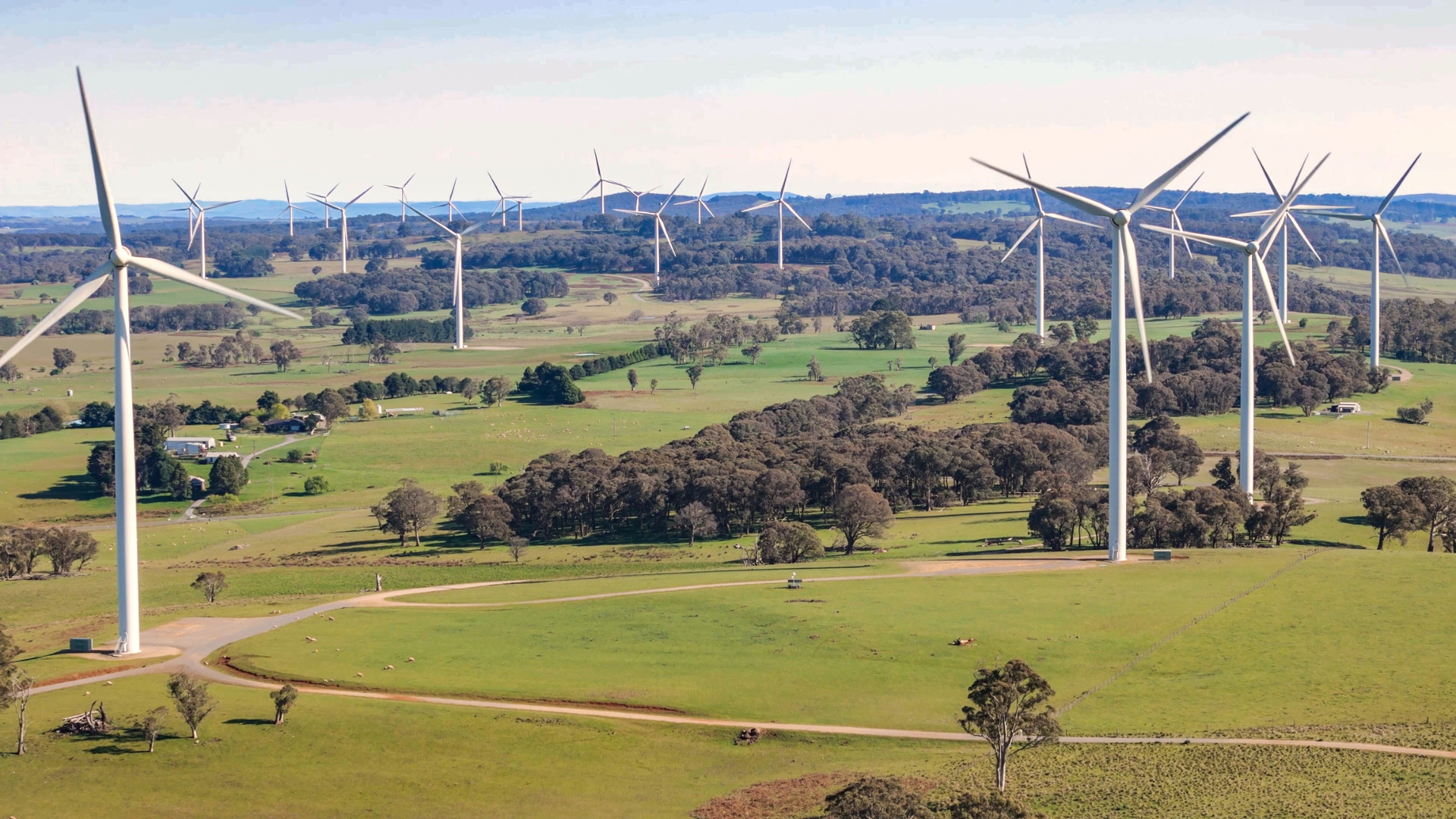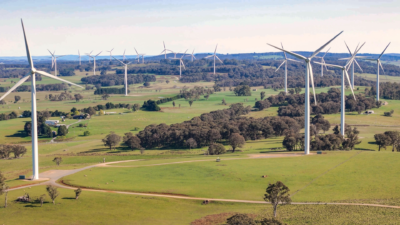The case for high-yield debt in a rising rates market
(Pictured: Sue Wang)
As super funds increasingly search out new defensive assets to replace a declining exposure to local and global government bonds, Mercer has reaffirmed its support for high-yield debt to complement equities allocations.
While market timing may not be optimal, compared with when Mercer first started suggesting high-yield debt for current conditions early last year, the firm said in a note to clients last week that the asset class continued to offer downside protection.
The note, from Australian Mercer principal Sue Wang, says: “Despite the rally in the high-yield markets over the past 18 months and the risk of a rising-interest- rate environment, we still believe in the asset class as a strategic allocation. This would be added to a growth portfolio as a diversifier to other risk assets, such as equities.
“The asset class continues to offer downside protection in relation to equities. In fact, one of the main concerns around the asset class at the moment is that government bond yields might increase. This would suggest that the economy is performing well and that other risk assets would be performing well. Even from these relatively low spread levels, an unexpected economic slowdown would almost certainly result in much larger losses from holding equities than from high-yield bonds.
“Although we are still confident in the long-term attributes of the asset class, we do believe that, in the current cycle, the best returns from high-yield bonds could be behind us. While we do not see a large sell-off in the asset class, unless economic fundamentals deteriorate dramatically, we would probably expect low-to-mid-single-digit returns over the next few years.
“For investors who want returns higher than this, we recommend waiting for a more opportune entry point. This would be when spreads are higher, government bond yields have risen, or a combination of both has pushed up the total yield in the high-yield market. Of course, for investors who are content with returns like we have outlined and the lower volatility that the high-yield market displays (relative to equities), they may be happy to invest at current levels.”
A problem for Australian investors is access to high-yield – mainly non-invest-grade corporate debt – without paying an additional cost of currency hedging. But, as a Mercer paper published in January 2012 pointed out, high-yield bonds significantly outperformed in times of big downward movements in equities such as the tech wreck of 2001-2002 and the global crisis of 2008-2009. Since December 2011, US high-yield debt outperformed all major asset classes except global equities and US equities with an average return of 11.2 per cent and with lower volatility to equities.










